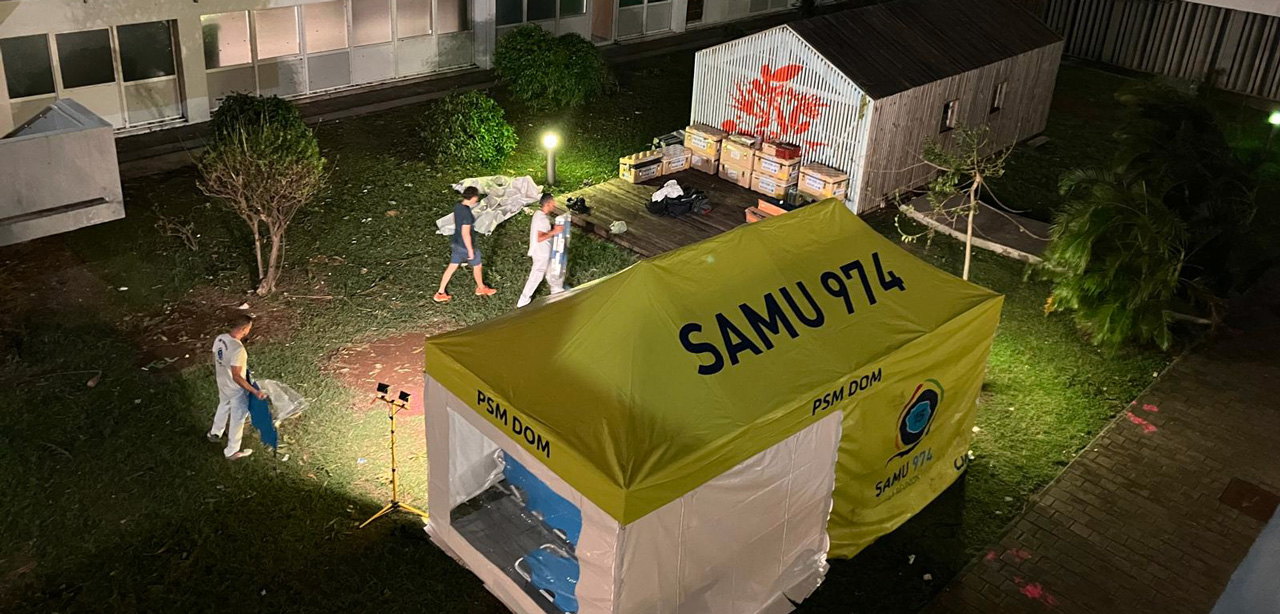BACKGROUND: A recent case-control study showed that transfusion recipients were at an increased risk of developing sporadic Creutzfeldt-Jakob disease (sCJD), suggesting that blood donors with silent preclinical sCJD could transmit the sCJD agent. We therefore estimated the annual number of French blood donors expected to have preclinical sCJD at the time of donation. STUDY DESIGN AND METHODS: We developed a mathematical model to estimate the number of blood donors who would subsequently develop sCJD, under various assumptions about how long their blood might be infective before clinical onset. The model used distributions by age group and sex for sCJD cases, blood donor population, French general population, and mortality in the general population. RESULTS: Using 1999 to 2008 data, modeling showed that, each year, a mean of 1.1 (standard deviation [SD], 0.3) donors were within 1 year of sCJD onset at the time of blood donation, 6.9 (SD, 0.5) donors were within 5 years, 18.0 (SD, 0.6) were within 10 years, and 33.4 (SD, 1.1) were within 15 years. CONCLUSION: Few donors are expected to be in the late preclinical stage of sCJD at the time of blood donation. This result and that of the worldwide absence of any epidemic increase in sCJD over the years indicate that this risk of transfusion-transmitted sCJD, if any, is likely to be very low. (R.A.)
Auteur : Pillonel J, Brandel JP, Leon L, Salomon D, Haik S, Capek I, Vaillant V, Coste J, Alperovitch A
Transfusion, 2012, vol. 52, n°. 6, p. 1290-5


